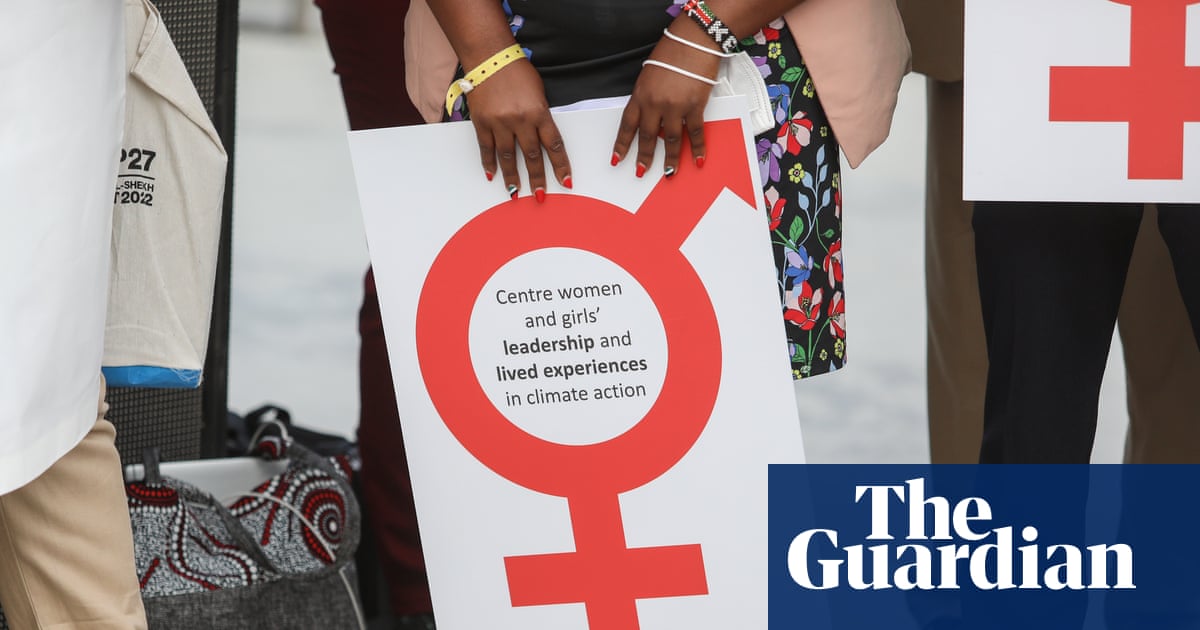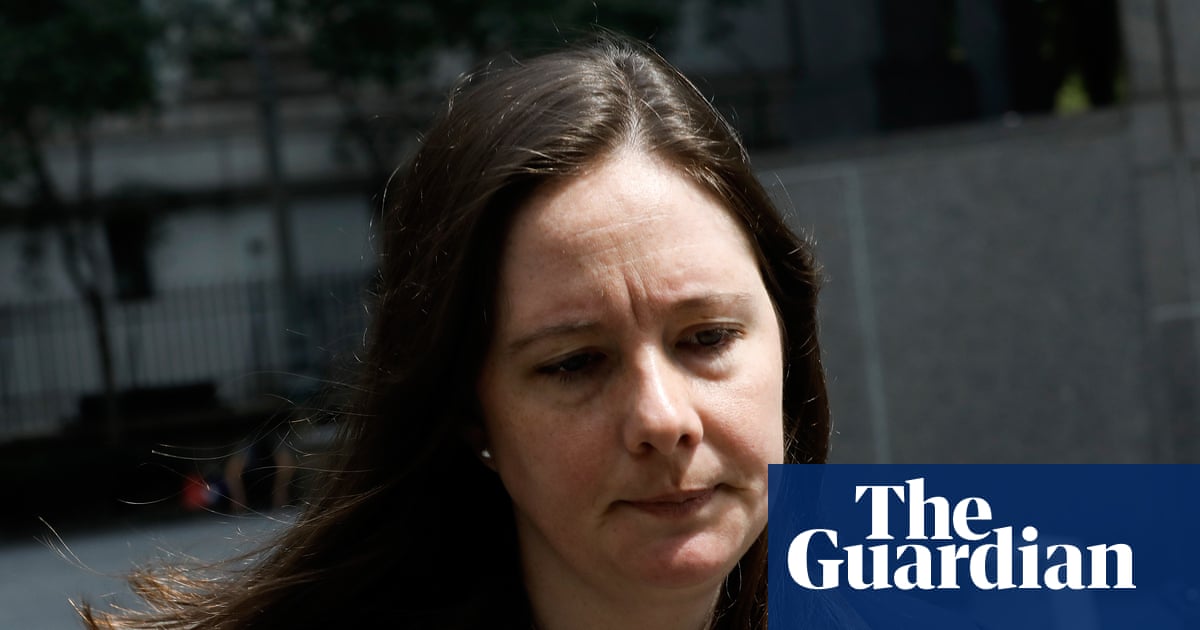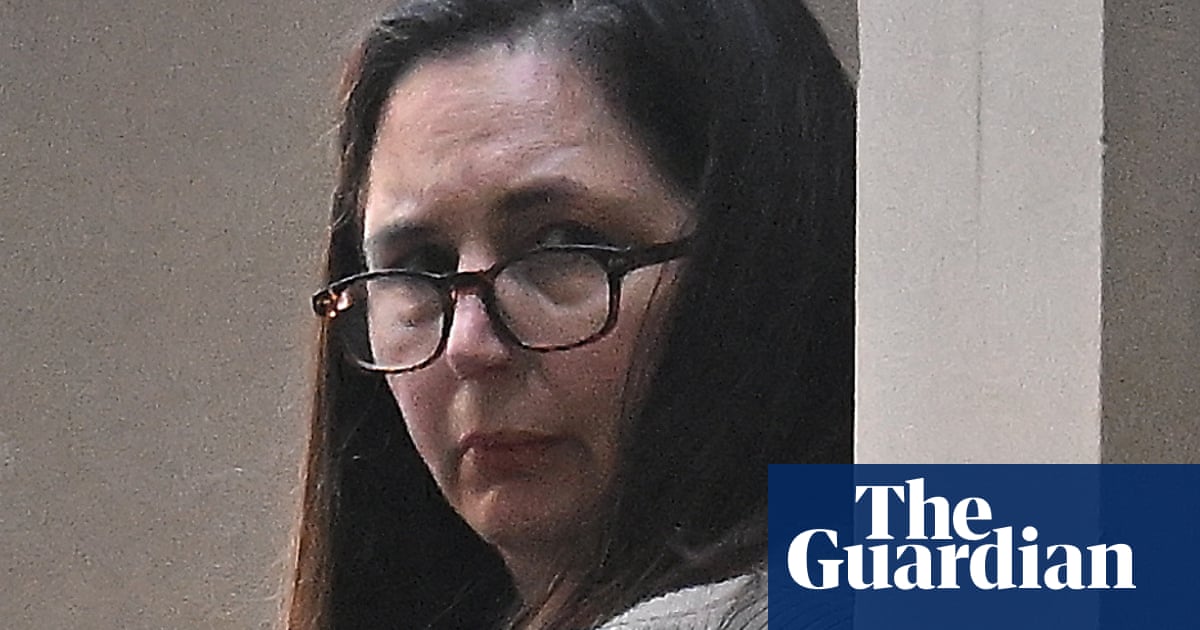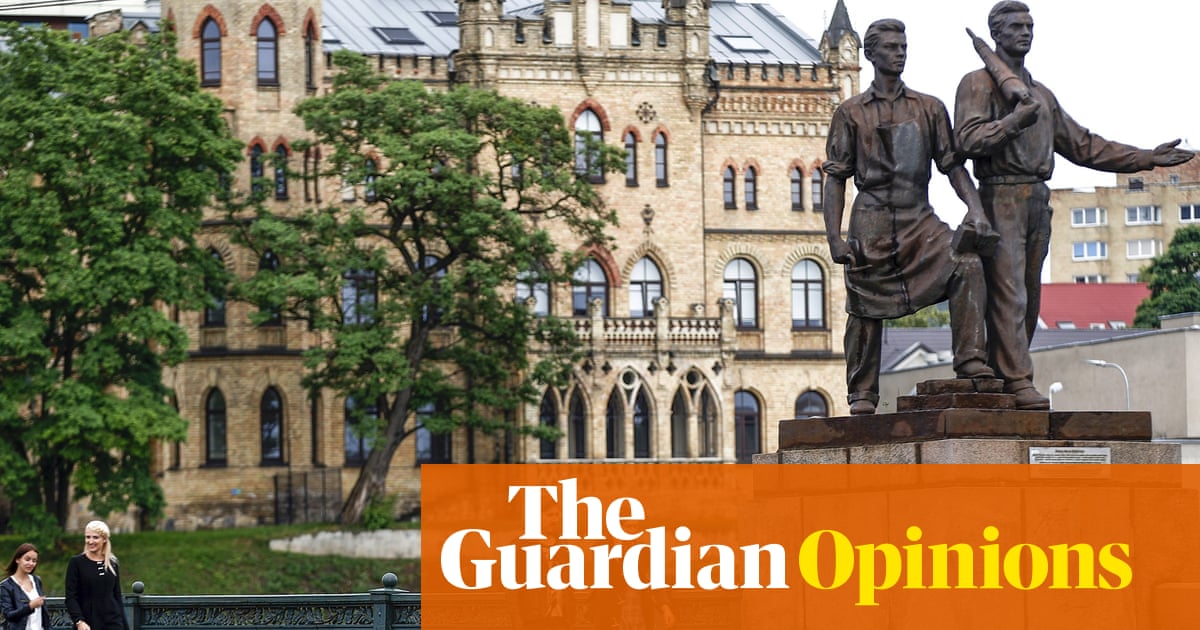On a blustery spring day, Thomas Gent is walking through a field of winter wheat on his family’s farm, which straddles the Cambridgeshire and Lincolnshire border. Some of the green shoots reach his knees, while the ground between the plants is covered with clover.
Sinking a spade into the soil, Gent grins as he points to the freshly dug clod of earth on the blade. “Look at the root structure,” he says. “It rained 20mm last night. The water has drained down because the soil structure is in the right format.”
Unlike the vast majority of farmed fields in the UK, this one has not been ploughed for 17 years, ever since Gent’s family switched to regenerative agricultural methods designed to increase soil carbon stores.
Such practices are not just good for the environment; they are now becoming big business. Companies are springing up that evaluate existing carbon stocks in soil and track their improvement, allowing farmers to earn – and sell – carbon credits, which can provide them with an alternative income stream.
Cultivating a movement
Much of modern agriculture has damaged the earth’s soils through repeated cultivation of the same crops and use of fertilisers. Regenerative methods include: tilling the soil less or not at all; growing cover crops such as clover; reducing the use of ammonia-based fertiliser to restore soil health; and keeping organic matter in the soil to help crops grow and sequester carbon.
Back in 2008, when Thomas was just a boy, the Gent family were viewed as trailblazers for wanting to move away from conventional systems on their 800-hectare farm, where they grow cereals and other crops.
Such an approach remains rare in the sector, yet the now 27-year-old youngest Gent believes that the movement’s time has come.
Given that food systems produce a third of human-caused global greenhouse gas (GHG) emissions, he believes that regenerative agriculture has a significant role to play in tackling the climate crisis while benefiting farmers financially.
He also works for a Danish startup, Agreena, which aims to grow the regenerative movement as it develops what it describes as the “largest soil carbon programme in Europe”, building a model to produce credits that could be bought by companies for their climate change programmes.
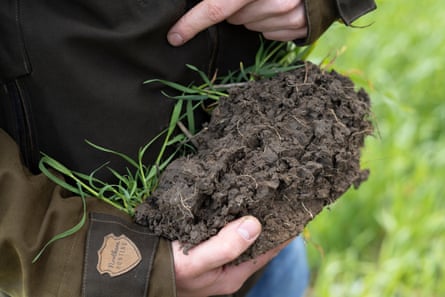
A growing market
Agreena is one of a host of firms – including Soil Capital, Trinity Natural Capital Group and the largest global player, the US-based Indigo – who are trying to grab a slice of the voluntary carbon offsets market through soil carbon trading.
Research from the Organisation for Economic Co-operation and Development suggests that net soil carbon sequestration on agricultural land “could offset 4% of annual global human-induced GHG emissions over the rest of the century”.
However, even as the market grows rapidly, so does the scepticism around it. Much in the world of soil carbon is disputed, and scientists question whether regenerative practices actually increase the amount of carbon stored in soil, while others query the robustness of the data on which the market is based.
The total voluntary offsets market was valued at nearly $2bn (£1.6bn) at its peak in 2022. However, it is estimated to have dropped to $723m in 2023, following a series of scientific and media reports that found many offsetting schemes did little to mitigate the climate crisis and biodiversity loss.
Soil carbon projects are estimated to represent a small but growing part of the voluntary carbon market, according to Tommy Ricketts, co-founder of the carbon credit rating agency BeZero Carbon.
“If you include peatland, we estimate the value of soil credits issued to the market is upwards of $100m, or roughly 5%-10% of the global traded market,” Ricketts says.
“If you factor in the current project pipeline and growth of compliance demand, even at today’s prices of $10-$20 per credit, we expect it to grow significantly to hundreds of millions of dollars, and billions by the mid-2030s.”
While Agreena is yet to issue credits, it has secured its position as one of Europe’s best-funded “agritech” firms after raising €46m (£39m) in Series B funding in 2023, and plans to seek more funding in future.
Simon Haldrup, Agreena’s chief executive and a former banker who is not from a farming background, considers regenerative agriculture “such a potent solution model, both in terms of climate change, but also all the other nature-related risks such as biodiversity and water quality”.
When he helped to found Agreena in 2018, Haldrup says he realised there were “millions and millions of farmers that literally have to change behaviour for [this] to scale”.
It can take a significant period of time – often years – for farmers to transition away from conventional farming practices, including using nitrogen fertilisers, while crop yield and their profit can take a hit, at least in the short term.
Measuring up
Agreena’s plan is to help farmers by measuring and verifying their current soil carbon stores, calculating their carbon credits, and selling them to companies in sectors including food, transport and technology.
after newsletter promotion
Crop growers who sign a group of their fields up with Agreena are required to do so for 10 years. At the start, the company has to work out the soil’s existing carbon stocks, using the MRV (measurement, reporting and verification) process favoured for calculating, tracking and verifying the amount of greenhouse gas emissions reduced by specific mitigation activities.
Agreena’s project is verified by Verra, a non-profit organisation that operates the world’s leading carbon standard, which has previously been criticised for some of its own schemes.
The way Agreena measures and models soil carbon stores differs from the standard methods of taking large numbers of soil samples across fields. “We take a certain number of soil samples that statistically makes sense,” says the company’s climate lead, Kanika Chandaria. “We then use remote sensing and satellite imagery to understand from the aerial level, and specifically to each individual field, what is happening.”
Farmers can keep their credits from such schemes, but many choose to sell. Haldrup says farmers can earn on average €20 to €50 per hectare, although this varies, depending on their baseline soil carbon levels and how many regenerative practices they follow. Agreena aims to take a 15% cut on the deal, with 85% going to the farmer.
The company has large expansion plans. Already operating in 20 countries across Europe, it is working with 2,500 farmers to transition 4.5m hectares of land to regenerative agriculture and plans to take its operation global.

Scepticism taking root
Advocates of soil carbon trading say this market linking up corporates with cash-strapped farmers combines capitalism and environmentalism, tackling greenhouse gas emissions and allowing businesses to meet green targets.
However, some soil scientists do not believe enough is known about how soil carbon stores are increased, or released, to accurately track improvements and generate carbon credits.
Soil carbon methodologies are now being assessed by the Integrity Council for the Voluntary Carbon Market, a body that establishes and maintains standards for the global voluntary carbon market.
The British Society of Soil Science (BSSS), a membership organisation for the study of soil, warns in a guidance note that “there is limited UK evidence” on how soil carbon stocks can be changed through reducing tillage and planting “cover crops”, such as clover.
Whether soil carbon levels can be forecast through modelling, Dr David Tompkins, a member of the society’s board who co-authored the guidance note, says: “That is the trillion-dollar question, and my one word answer is ‘no’.
“Soil carbon levels can be predicted with models, where sufficiently robust, but the BSSS would encourage anyone approached with a view to monetising their soil carbon to take a good hard look at the evidence.”
Some farming groups are also concerned about how long growers will be bound to an offsetting scheme, and what would happen if flooding or the sale of the farm left them unable to fulfil their contract.
“We understand that farmers are looking for alternative income streams,” says Liz Bowles, chief executive of Farm Carbon Toolkit, created by farmers to help them better understand greenhouse gas emissions in agriculture.
“However, it’s perfectly possible for a farmer to be quite a high greenhouse gas-emitting business but still sell carbon offsets – we don’t think that’s a sensible way forward.”
Haldrup rebuffs such criticism, saying Agreena has so far collected more than 400,000 samples to inform a model that follows international carbon market standards.
“We have a solid enough foundation that will improve over time as the science improves further. I don’t think we should let perfect get in the way of good,” Haldrup says. “I think we are well beyond good enough.”

 3 months ago
89
3 months ago
89








